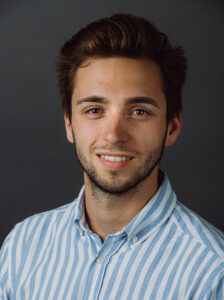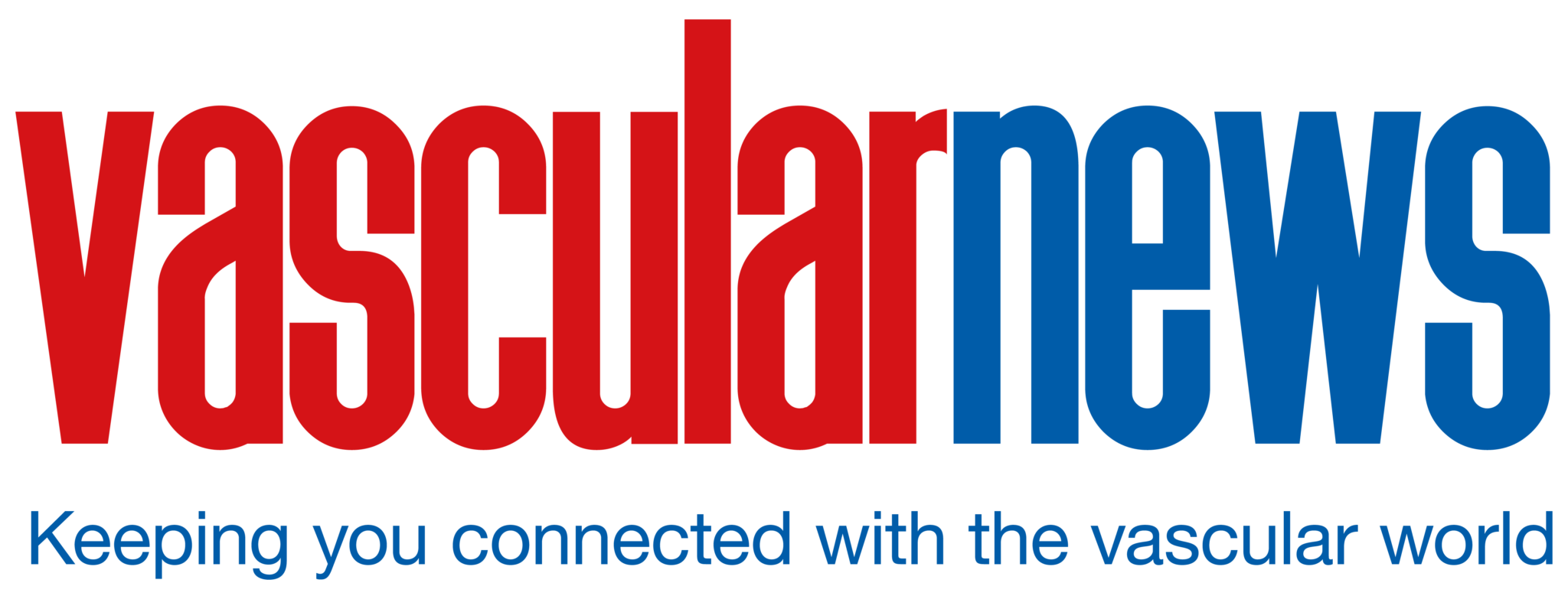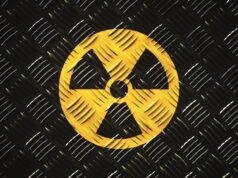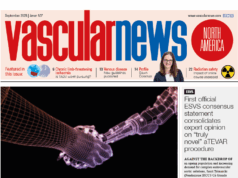
The implementation of a massive open online course (MOOC) has been shown to increase radiation safety behaviour in the hybrid operating room and decrease fluoroscopy time. This and other findings—including uncertainty around the course’s ability to reduce radiation dose—were recently published online as a research letter in the European Journal of Vascular and Endovascular Surgery (EJVES).
Speaking to Vascular News, lead author Gilles Soenens (Ghent University Hospital, Ghent, Belgium) considers the course as it pertains to the wider context of radiation safety for vascular patients and operating room staff, sharing his opinion that “there are still a lot of questions to be answered”.
The MOOC in question is, Soenens shares, is an easily accessible, interactive educational tool that is “convenient to implement at your local hospital”. Consisting of three parts, the course involves e-learning chapters, educational videos showing both ‘good’ and ‘poor’ radiation safety behaviour, and finally a serious game section in which participants perform a simulated endovascular aneurysm repair (EVAR) procedure with a focus on radiation safety. The serious game was developed in collaboration with Surgical Science (formerly Simbionix).
Development and initial testing of the MOOC were previously published in EJVES. The course was tested in seven centres across Europe: two in each of Belgium, the UK and France, and one in Denmark. “The knowledge of participants increased 23% after completing the MOOC, which is very good,” Soenens reports, noting that this was the case for nurses, anaesthesiologists, and surgeons alike.
Soenens et al then implemented the MOOC at their centre in Belgium, with this experience forming the basis of their recent EJVES research letter. “It’s a real-life implementation study, so participants were not obliged to do the course,” he explains. The researchers found that radiation safety behaviour improved after implementation of the MOOC, but they “didn’t see a lot of impact on radiation dose”. Elaborating on this latter finding, Soenens continues: “We saw that fluoroscopy time decreased, but the dose area product and cumulative air kerma remained similar.”
Despite its current limitations, Soenens describes the radiation safety course as a “big breakthrough”. He explains, focusing on its future potential: “We are convinced about the added value of the course, because—based on previous research by our group—we know that if knowledge and awareness about radiation safety increases, it will also impact positively on radiation safety behaviour and the radiation safety climate.”
Evidence gaps remain
Considering the course as part of a wider about radiation safety in the hybrid operating room, Soenens highlights a dearth of knowledge in the field. In particular, he points out that “there is still a lack of knowledge about the impact of radiation on healthcare workers,” marking this as a key unanswered question.
Soenens underscores the dated nature of the available evidence on radiation, noting that “most research is based on survival studies of Hiroshima and Nagasaki—still”.
“There’s no new real knowledge about the increased risk of cancer, by what percentage radiation increases cancer risk, how we should optimally protect ourselves, if we should wear lead caps on our heads or protect the shins as suggested by research by the group of Bijan Modarai et al,” Soenens says. While acknowledging that some progress has been made, and new research emerges, he stresses that the answers “have not yet been found”.
Soenens also highlights unanswered questions with regard to education on radiation safety. “You have European legislation that healthcare workers should be trained adequately, but there is no definition of adequate training,” he notes. Soenens suggests that societies such as the European Society for Vascular Surgery (ESVS) should play a role here, in standardising radiation safety training.
Soenens also touches on the importance of refresher courses when it comes to radiation safety. Bringing the focus back to the radiation safety course, he comments: “We have provided a course that can easily be implemented; radiation safety knowledge will increase and behaviour improve as a result, but then we still don’t know when you should do a refresher course or how to handle participants who just do it as a tick the box exercise and are not really interested nor committed to it.”
He admits that radiation safety remains a “difficult topic” from a training perspective because its effects are not immediately apparent. “You can get cancer in 20 years but it’s not a 1:1 causal relationship where we can say ‘it’s because you were not working with proper radiation safety protection’.”
Looking ahead, Soenens is hopeful that things are moving in the right direction. He sees the development of the 2023 European Society for Vascular Surgery (ESVS) clinical practice guidelines on radiation safety, for example, as an important step. He adds that, as well as bringing radiation safety into the limelight, the guidelines also mirrored and “accelerated” an already increased research interest in radiation safety.
As for the MOOC, Soenens notes that the work for this was underway ahead of the publication of the guidelines, but their publication certainly “fuelled extra research around this topic” and acted as a catalyst for future change. “The guidelines are great,” he says, “since they create new research questions and research itself, but will require updates as well.”
The senior author for the EJVES research letter was Isabelle Van Herzeele (Ghent University Hospital).













